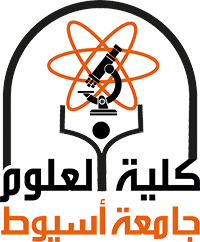Groundwater is a rare and valuable resource in arid and hyperarid areas. Over the past few decades, population growth, urbanization, and agricultural activities—particularly in developing countries like Egypt—have greatly increased the demand for water supplies. The purpose of this study is to apply a multi-criteria analytical hierarchy process (AHP) in conjunction with remote sensing and geographic information systems methodologies to identify potential zones for groundwater recharge in Wadi Qena, Eastern Desert of Egypt. This valley is considered as one of the most potential valleys for government-led land reclamation and development initiatives. Using several data sources (e.g., Landsat-8 Enhanced Thematic Mapper Plus and Shuttle Radar Topography Mission), as well as all available geologic and hydrogeological data, thematic maps were prepared and combined based on 15 spatial criteria. Using AHP-based specialized knowledge and expert judgment, the study assigned weights to spatial criteria layers and classified Wadi Qena catchment area into five zones: very high (11.75%), high (29.30%), moderate (8.86%), low (47.55%), and very low (2.50%), with the southwestern part having a very high recharge and storage capacity. The model's accuracy was confirmed by comparing the obtained groundwater potential map with the available borehole data and daily productivity from the groundwater aquifers within the valley (e.g., ROC curve with AUC = 0.94). The results demonstrate that the integration of AHP, remote sensing, and GIS techniques is effective for precise groundwater resource assessment, planning, and monitoring in arid regions like Wadi Qena. These insights can assist decision-makers in water-scarce areas in making informed decisions regarding the conservation and sustainable management of groundwater resources.
Research Abstract
Research Date
Research Department
Research Journal
Applied Water Science
Research Member
Research Publisher
Springer Nature
Research Rank
Q1
Research Vol
15
Research Website
https://doi.org/10.1007/s13201-025-02487-1
Research Year
2025
Research Pages
145

